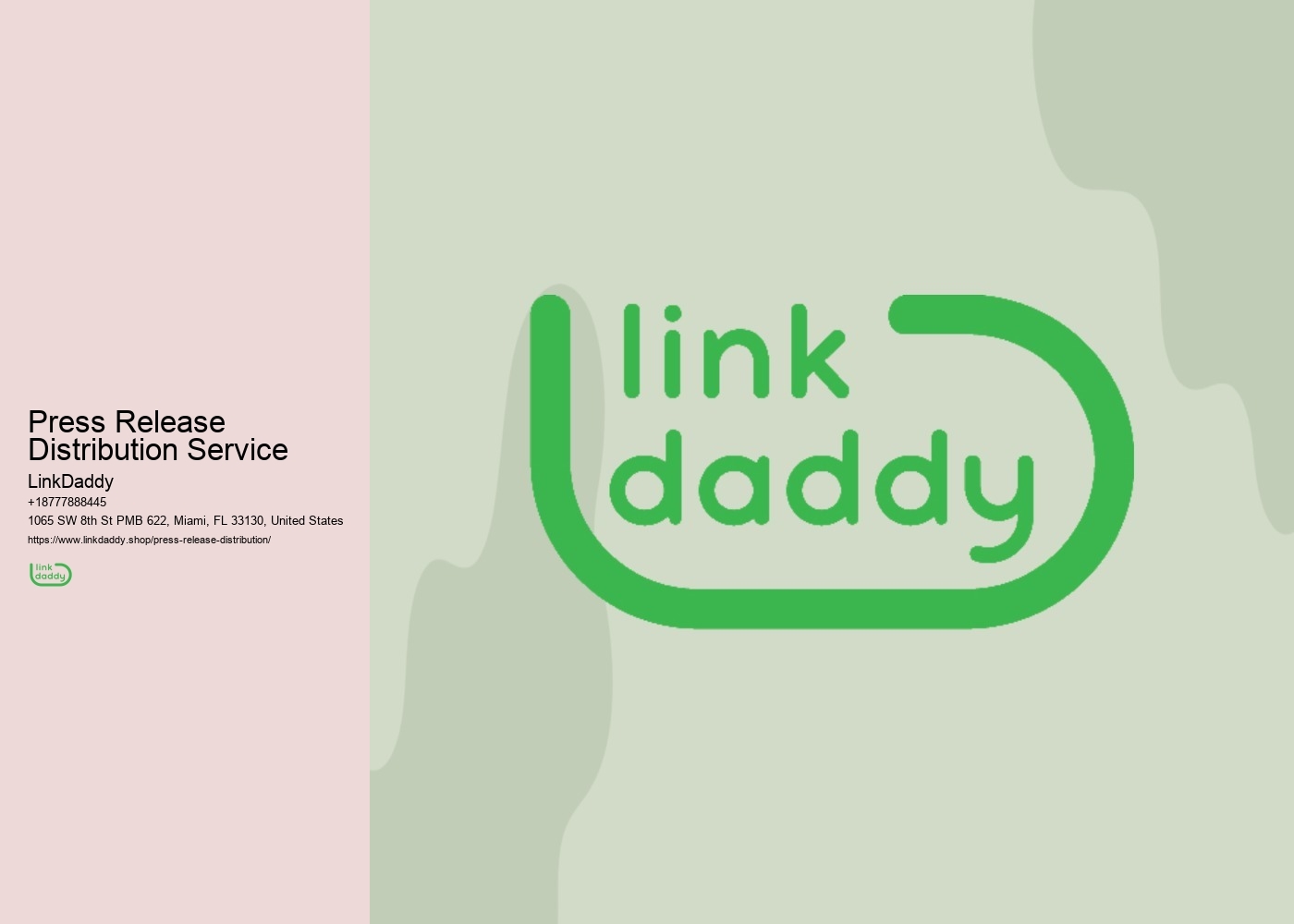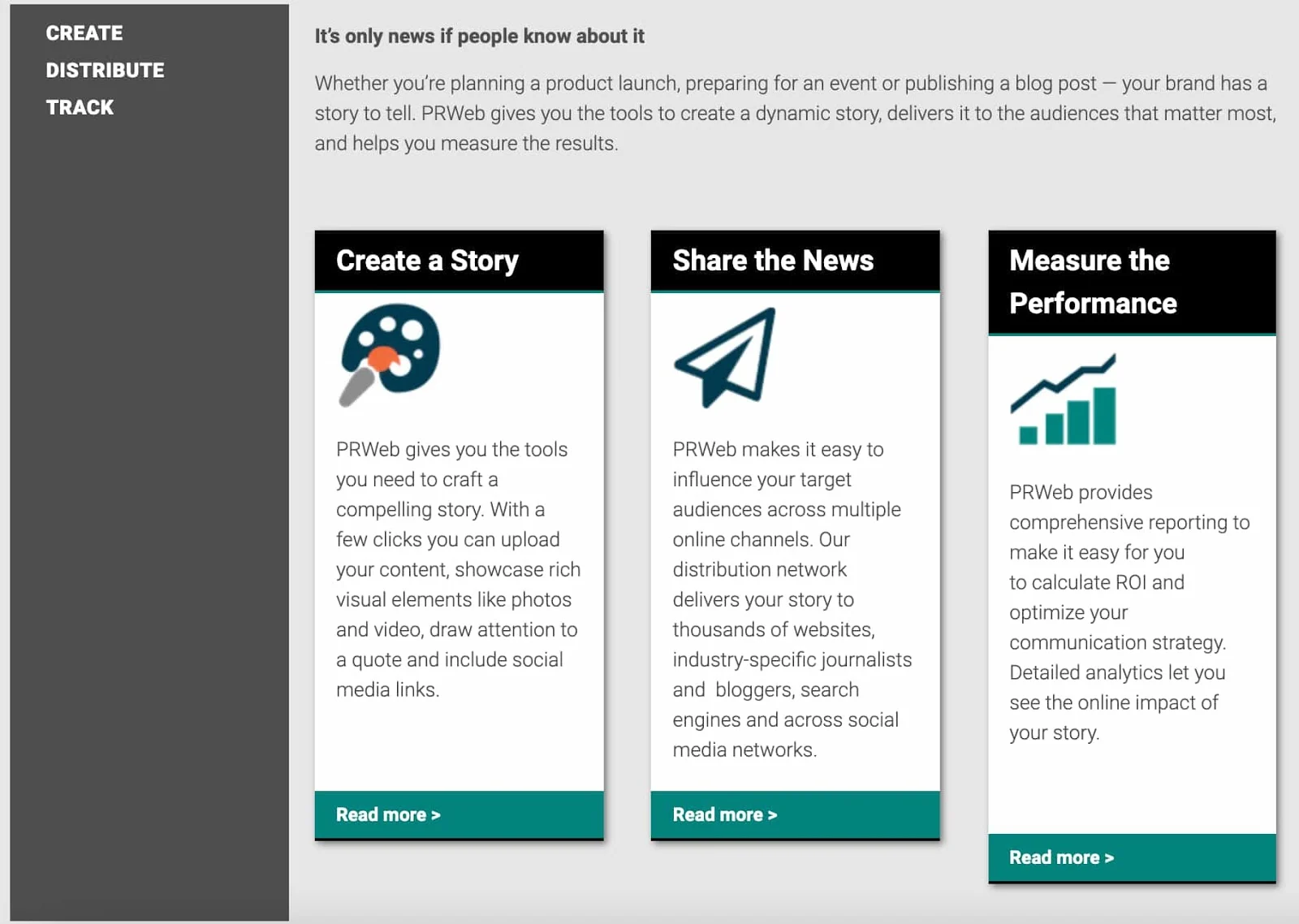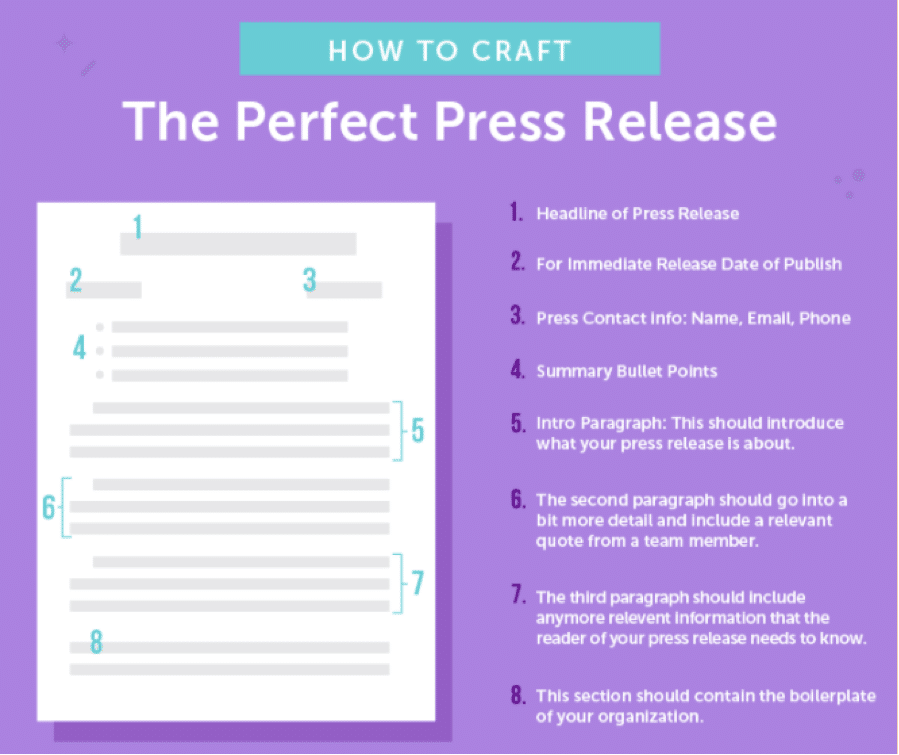

Are you looking to expand your business's reach? Press releases are a powerful tool to help you reach a wider audience.
Knowing how to research media contacts, craft effective releases, optimize visibility, and distribute your content effectively can be the difference between success and failure.
By analyzing performance and measuring the success of your releases, you can reach more people and unlock the potential of press release distribution.
Building on the numerous advantages of press releases, researching media contacts is a critical step in ensuring that your message reaches the right audience. Knowing who to contact can make or break the efficacy of a press release.
There are several ways to identify the right media contacts, such as using online databases, subscribing to media-targeted newsletters, or networking with industry professionals. You can also use search engines to find journalists or bloggers who specialize in the topics related to your press release.
Additionally, leveraging social media like Twitter, Facebook, or LinkedIn can help you identify and connect with relevant media contacts. Researching media contacts is an essential part of the press release distribution process, and it should be done thoughtfully and thoroughly to ensure your press release is seen by the right people.
Once you have identified the appropriate media contacts, the next step in the press release distribution process is crafting effective releases.
Every release should have a clear, concise message, and should be formatted in a way that is easy to read. It is important to focus on the three key elements of a press release: the headline, the body, and the call to action.
Make sure the headline is attention-grabbing and relevant to the content of the release, and the body should include all of the information relevant to the story. Finally, the call to action should provide an avenue for readers to take further action. By following these guidelines, you can ensure that your press release will be effective and reach its intended audience.

Optimizing visibility through press release distribution is essential in order to reach the intended audience. To ensure maximum visibility, consider using press release distribution services that offer a wide range of media outlets, from the most popular to niche, local outlets.
Additionally, it is important to use SEO-friendly language and keywords in your press releases to increase the chances of them appearing in search engine results.
Finally, ensure your press releases are shareable across multiple platforms, as this will help to amplify the reach of your message. By taking these steps, you can maximize the visibility of your press releases and maximize the potential of your distribution efforts.
By distributing press releases strategically, one can unlock the potential of their press release and maximize their reach. To do so, it is important to consider which channels are best for the release and the type of content being shared.
For example, an industry-specific press release should be sent to industry-specific publications and websites, while a more general release should be sent to major news outlets. Additionally, social media can be used to further expand one's reach. By using the right hashtags and tagging the right accounts, the release can be seen by a wider audience.
Finally, it is important to consider the timing of the release to ensure that it is seen by the right people. With the right distribution strategy, press releases can become an invaluable tool for expanding one's reach.

Once the press release has been distributed, it is essential to analyze its performance in order to identify opportunities to further expand one's reach. Measuring the success of a press release can be done through metrics such as media impressions, website traffic, and shares on social media.
By monitoring these metrics, you can determine the success of the release and make any necessary adjustments for future releases. Additionally, tracking the performance of the release can provide insight into which topics resonate most with the target audience, helping to tailor future press releases accordingly.
Utilizing a combination of analytics and data can help you to maximize the potential of press release distribution and expand your reach.
Measuring the success of one's press release is essential for unlocking its potential. It is important to understand the true impact of the press release and how it is performing in the marketplace. A press release should not just be a one-time event, but rather a long-term strategy.
To measure success, it is important to track the reach and engagement of the press release. This can include the number of impressions, clicks, shares, and other metrics. It is also important to track the success of the press release by looking at the number of sales or leads that it generated.
All of this data can be collected and analyzed to understand the success of the press release and what could be done to further improve it.

A press release should include the essential details of the announcement, such as what, who, where, when, and why. It should also include a summary of the main points and the most important information. Additionally, it should include quotes from the people involved, and a call to action. Furthermore, it should include contact information for the person who can answer any follow-up questions. Finally, it should include any relevant images or graphics to help illustrate the story.
Yes, there is a cost associated with press release distribution. It typically involves the cost of the service itself and any associated fees. Depending on the service, the costs can range from a few dollars to hundreds of dollars. It is important to consider the size of the audience you are targeting and the reach of the press release distribution service when deciding what is best for your needs.
To measure the success of a press release, track the media coverage that it generates. Look at the number of stories, articles, and features that have been published in response to the release, as well as the reach of those pieces. Additionally, consider the number of website visits, inquiries, and media inquiries that the press release has generated. Finally, analyze the response to the press release on social media, and the extent to which it has spread online.